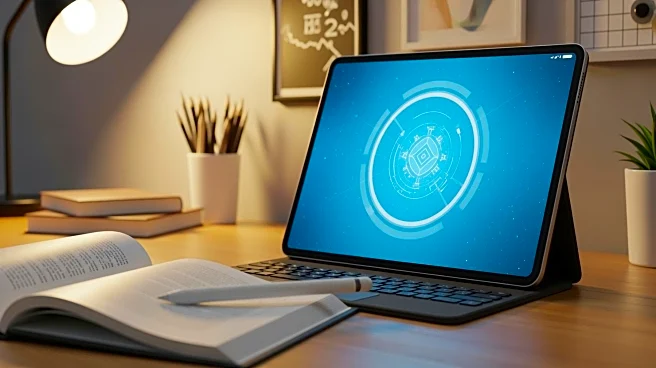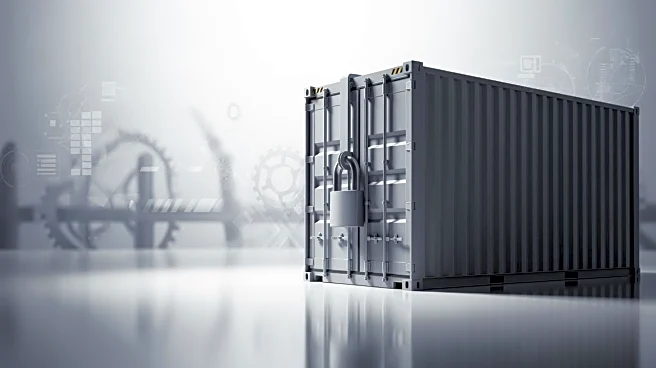What's Happening?
The U.S. education technology sector is experiencing significant pressure due to tariff policies affecting global supply chains and procurement budgets. Since the Trump administration's implementation of reciprocal tariffs in 2025, the cost of imported
technology, including student laptops and data center equipment, has increased. This has forced universities and K-12 institutions to reconsider their purchasing cycles and IT investments. The tariffs include a 10 percent baseline on most imports, with specific increases for certain countries, notably a 125 percent tariff on Chinese-origin products. Although electronics like smartphones and computers are exempt, the overall tariff environment has led to increased costs for educational institutions. Schools have responded by accelerating technology orders to lock in prices before further inflation. Hardware prices have risen sharply, with some laptops and tablets forecasted to see increases of up to 46 percent.
Why It's Important?
The tariff-induced challenges have broader implications for the U.S. education sector. Rising hardware costs intensify financial pressures on families, potentially making college more expensive. Tariffs also affect general campus operations, delaying infrastructure upgrades and refresh cycles. The impact on international students is significant, with tariffs contributing to a 25 percent drop in Chinese student enrollment, costing U.S. universities over $1 billion annually in tuition revenue. This loss of revenue further strains budgets, as international tuition has historically helped offset domestic budget gaps. Universities are exploring operational efficiencies and multiyear agreements to manage costs. Ed-tech providers are adjusting prices and supply chains, with some offering deferred payment options or extended support for existing devices.
What's Next?
To navigate these challenges, ed-tech companies and educational institutions are focusing on innovation and resilience. Companies are employing scenario planning, automation, and data analytics to anticipate cost fluctuations and supply-chain disruptions. Institutions are building vendor relationships to improve transparency and alignment on multiyear road maps. Some schools are shifting procurement strategies to multiyear agreements to maintain predictable costs. The focus is on operational resilience, with organizations treating the situation as an opportunity for long-term success rather than a temporary challenge.
Beyond the Headlines
The tariff situation highlights the need for strategic adaptation in the education sector. Institutions must find a new equilibrium to navigate uncertainty and volatility. This involves creative financing models, supply chain diversification, and new procurement approaches. The emphasis on resilience and innovation positions organizations for success regardless of future policy changes.













